The program will award each fellowship for one year.
Haus der Kunst is a non-collecting public museum and a key global center for contemporary art located in Munich, Germany. It is dedicated to the exploration of the diverse histories of contemporary art based on a foundation of focused exhibitions, research, and education. The museum’s aim is to establish research as an integral cornerstone of its vision, and to develop a context for scholarship that allows for the interplay of art, culture, politics, and society in the way modern and contemporary art are understood on a global level. The “Goethe-Institut Fellowship” is an important building block towards this aim. Supported by the Goethe-Institut, the “Goethe-Institut Fellowship at Haus der Kunst” is designed for international emerging scholars whose research focuses on global perspectives on modern and contemporary art in the second half of the 20th century and 21st century.
The inaugural fellowship shall concentrate on the research for a comprehensive exhibition project on the global art historical developments of the Post-war era. It will be the first of a trilogy whose second and third chapters will be devoted to the periods of Post-colonialism and Post-communism. One of the main tasks is the research and organization of a series of seminars, colloquia, an international symposium in preparation for the project.
Please find further information like Qualifications and Requirements or Conditions over here: http://www.hausderkunst.de/index.php?id=899&L=1.
Christina B?ns
Program Office
Goethe-Institut Bangladesh
House 10, Road 9 (new)
Dhanmondi
Dhaka 1205
Tel.: +880-2-9126525, -9126526
Fax: +880-2-8110712
Please Retweet #art #museum

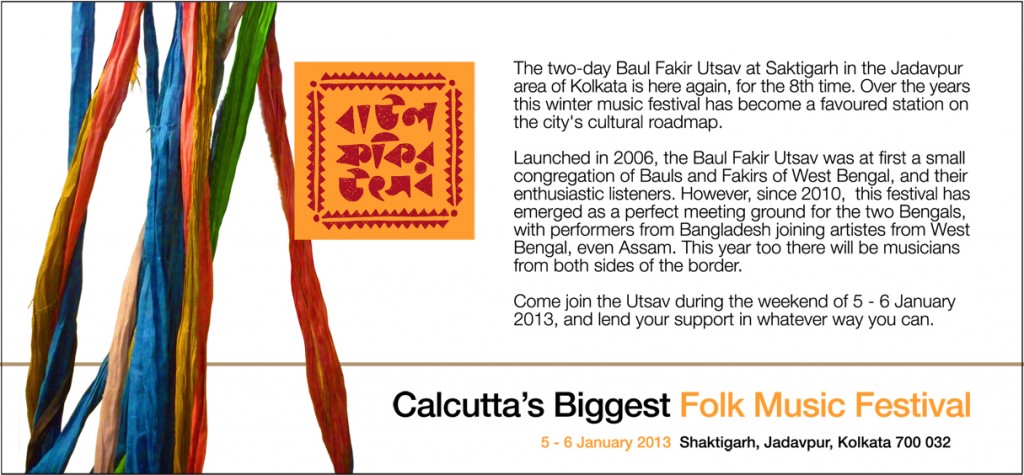
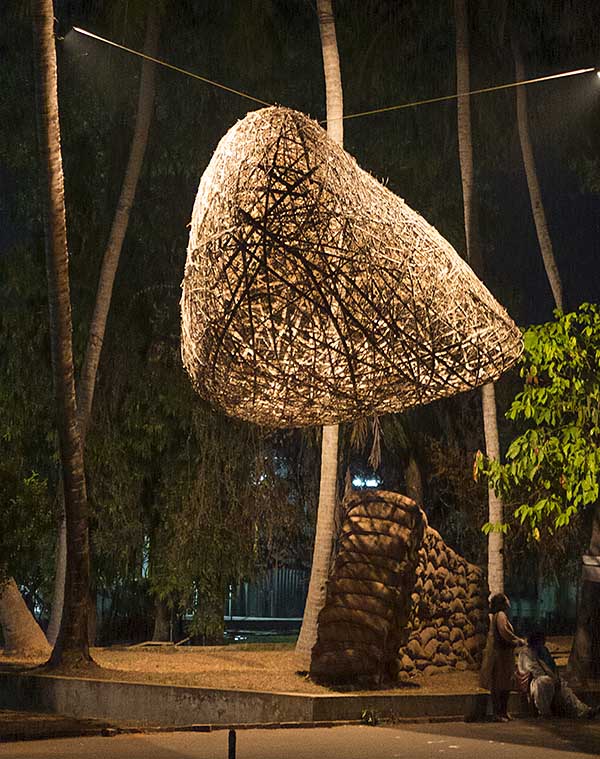
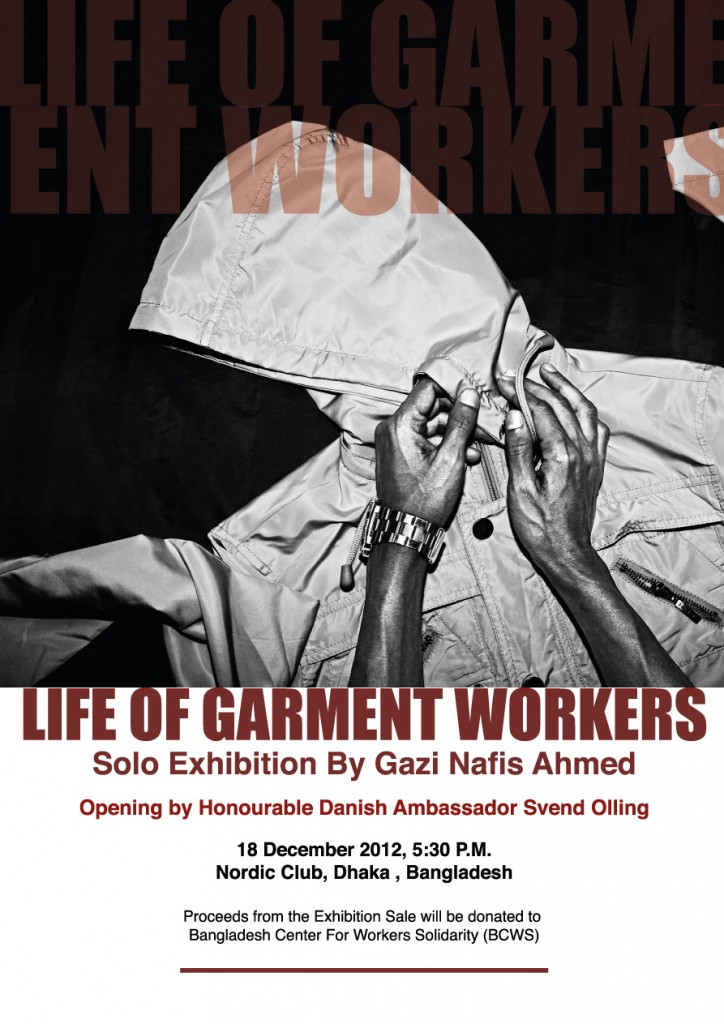
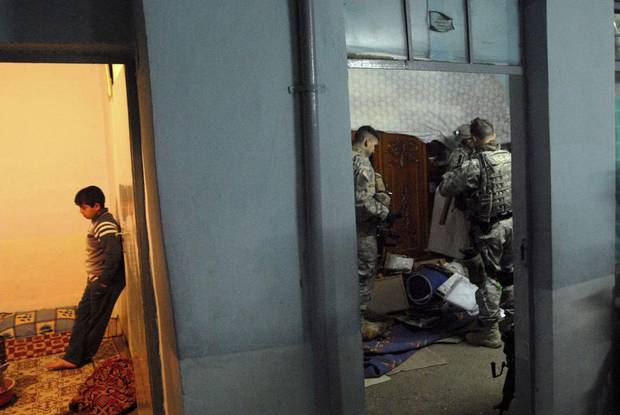
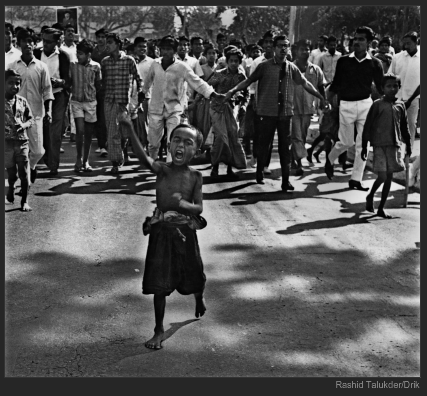
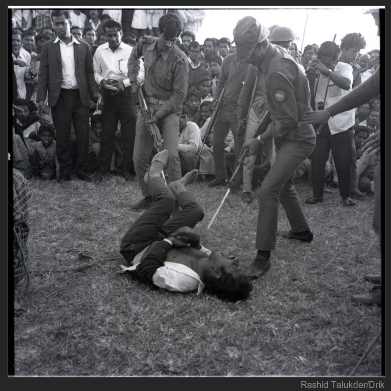
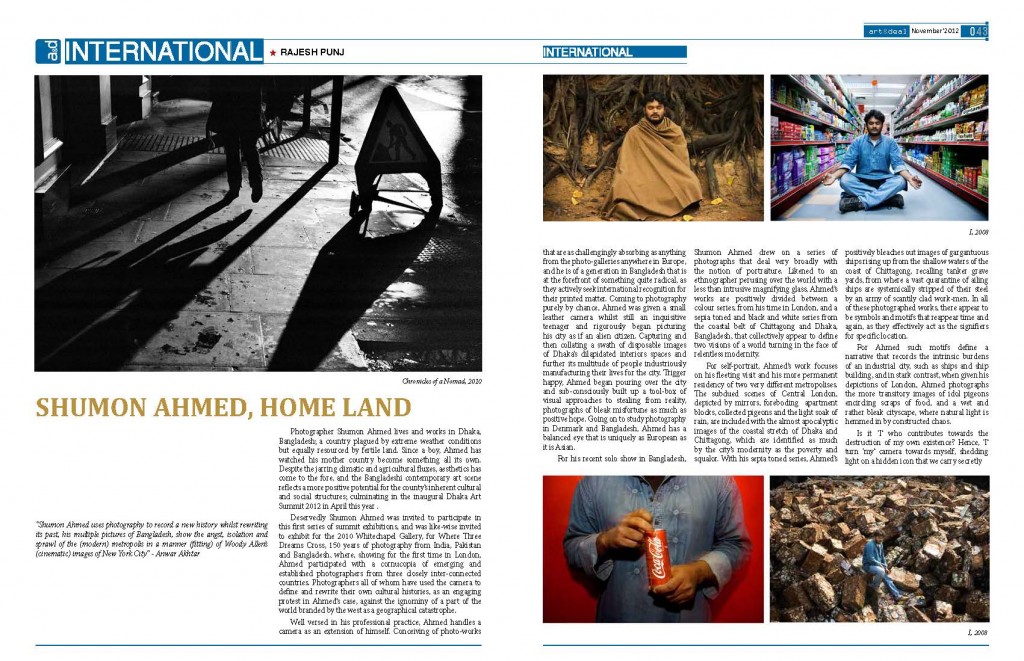
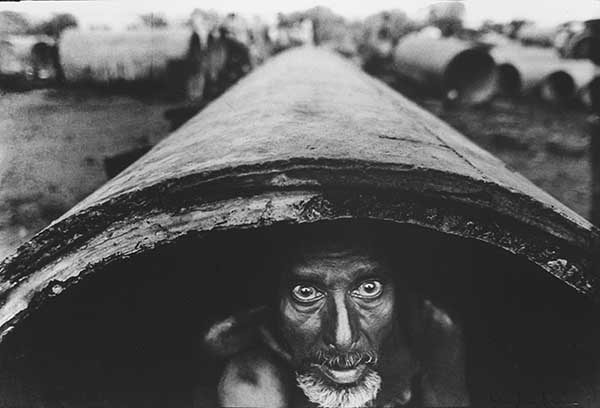
![?I had such a big influence on the community at large that there was a tendency [towards] cloning, the classical black-and-white documentary approach to photography, beautifully composed perhaps, but in a predictable way, in a I-have- seen-it-before way? (Photo: RONNY SEN) ?I had such a big influence on the community at large that there was a tendency [towards] cloning, the classical black-and-white documentary approach to photography, beautifully composed perhaps, but in a predictable way, in a I-have- seen-it-before way? (Photo: RONNY SEN)](http://www.openthemagazine.com/sites/default/files/imagecache/435by290/article_images/10768.alamp.jpg)